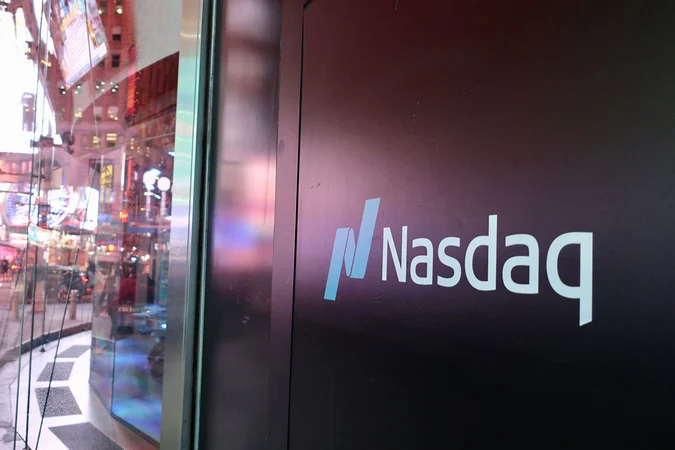The greed, anger, ignorance of early-stage venture capital
The Avarice, Wrath, and Ignorance of Early-Stage Venture CapitalAuthor: Will Wang, Generative Ventures, Source: Author’s Twitter handle @willwangtf
After more than a decade of early-stage venture investing, if I were to say that these three things were truly lessons learned at the cost of blood, sweat, and tears, then these are the three weaknesses of human nature that I sincerely hope to share with everyone, as they manifest in early-stage venture investing:
First, the issue of risk diversification
Does more investment mean more risk diversification? Not really. Once the number of companies in the portfolio exceeds a certain threshold, post-investment management becomes extremely challenging. Unconsciously, investors tend to lower their investment standards, ultimately resulting in an average beta return level, discounted heavily due to high mortality rate. Moreover, you might feel that investing heavily in the same industry creates the illusion of overlap and cooperation, but this only adds to the risk of correlation. When the bubble bursts, you’ll find yourself unable to extract any gold from a pile of rubbish. In a nutshell, this challenge taps into a fundamental aspect of human nature: greed, mixed with a touch of anger.
In retrospect, less is more, and more is less.
- Circle and SBI Holdings Shake Hands to Supercharge USDC Circulation in Japan!
- LianGuairadigm Blast marketing strategy has decreased team efficiency
- South Korean Law Enforcement Department North Korean Hackers Posing as South Korean Government Agencies and Journalists Stealing Cryptocurrencies
Second, the issue of consensus concentration
Is it true that many hands make light work? Not really. When a highly attractive project attracts a bunch of shiny investors in a round, it may seem like a group of smart people backing it should ensure that the project performs well. However, things don’t always go as planned. On the one hand, there might not be enough resources to go around, and on the other hand, this creates a false sense of expansion for the founding team. When the bubble bursts, you’ll realize that these well-known, reputable funds are just people trying to outrun each other in a stampede. In a nutshell, this challenge taps into a fundamental aspect of human nature: anger, mixed with a touch of foolishness.
In retrospect, club deals never end well.
Third, the issue of overweighting and adding positions
Should a good company always receive further investment in later stages? Not necessarily. The decision to make additional investments should not be made by the early-stage investors responsible for the project. There should be a separate team analyzing independently to determine whether this investment should be made. Early-stage investors lack the specialized skills to evaluate the long-term growth potential of a company, and they often carry emotional and psychological costs due to their early-stage involvement. Therefore, when the bubble bursts, you’ll find many early-stage VCs who made reckless investments in later rounds suffering heavy losses. In a nutshell, this challenge taps into a fundamental aspect of human nature: foolishness, mixed with a touch of greed.
In retrospect, just take meaningful shares at earlier rounds.
In summary, three sentences:
Don’t make follow-on investments in rounds that are outside your expertise; don’t participate in overvalued projects flooded with famous funds; don’t lower your standards and invest heavily in multiple projects in an attempt to diversify risk.
Or to put it concisely:
Control your desires, endure the loneliness, and let go of your ego.
For VCs, the above mistakes are usually just crude excuses to increase the size of their AUM. But the true nature of VCs is not to expand AUM because returns are bound to decline. The real “Home round Alpha” comes from early-stage investments that achieve exceptional returns with the right proportion. Don’t think that investing more will guarantee more returns, don’t think that following the big names will lead to big profits, and definitely don’t think that you can become rich overnight. Instead, you must always have high demands, extreme discipline, and an insatiable hunger.
Essentially, it’s about strictly adhering to investment discipline and making investment decisions that align with the probability distribution of risk and return for these types of assets. Even if it’s gambling, you still need to have the correct posture.
We will continue to update Blocking; if you have any questions or suggestions, please contact us!
Was this article helpful?
93 out of 132 found this helpful
Related articles
- XRP: Riding the Waves of Crypto
- News Weekly | US Department of Justice prohibits CZ from leaving the United States before sentencing. Total assets under management of encrypted ETP have grown by 91% since the beginning of the year.
- From Shiba Inu to Dogecoin Is Shiba Memu the Cryptocurrency That Will Have Everyone Barking?
- Tether and Bitfinex Kiss and Make Up, Paving the Way for a Foil-Wrapped Info Exchange – Here’s the Scoop!
- Arrest Made in Crypto Heist: Politician Caught Red-Handed
- Analysis of FHE Fully Homomorphic Encryption Technology Expanding the Imaginary Space of Crypto Privacy Transactions
- OpenAI farce A technology war with no winners





